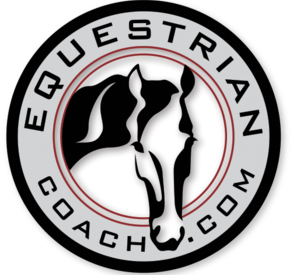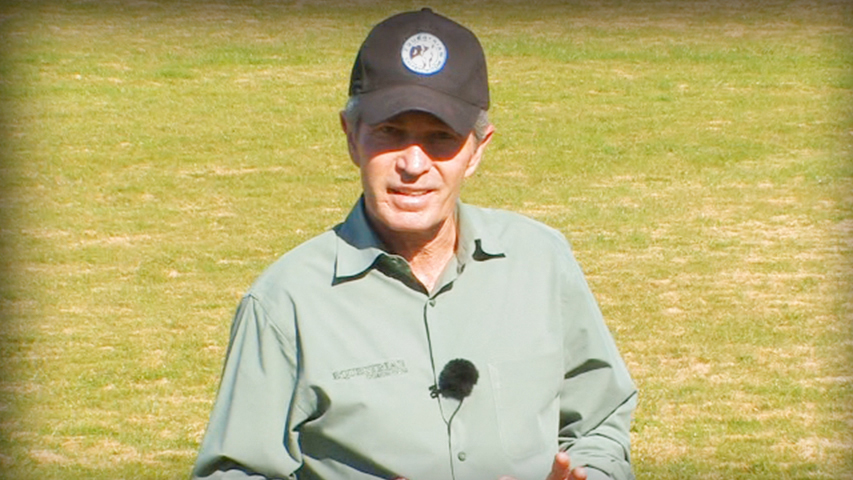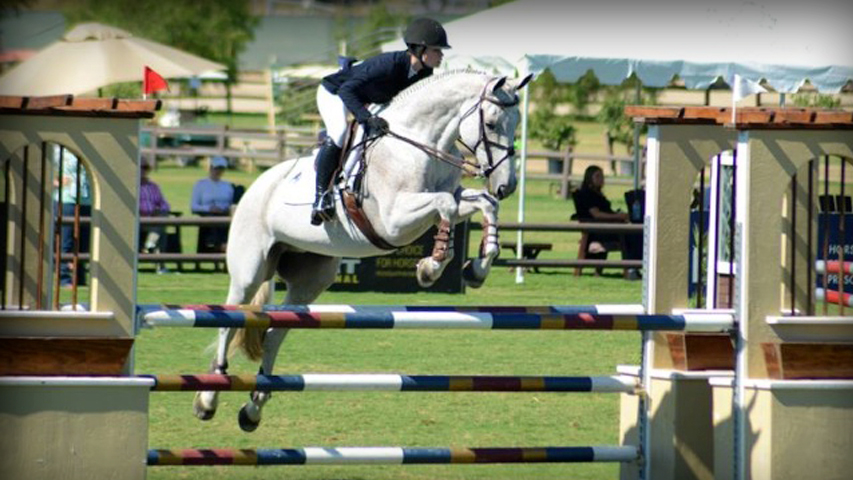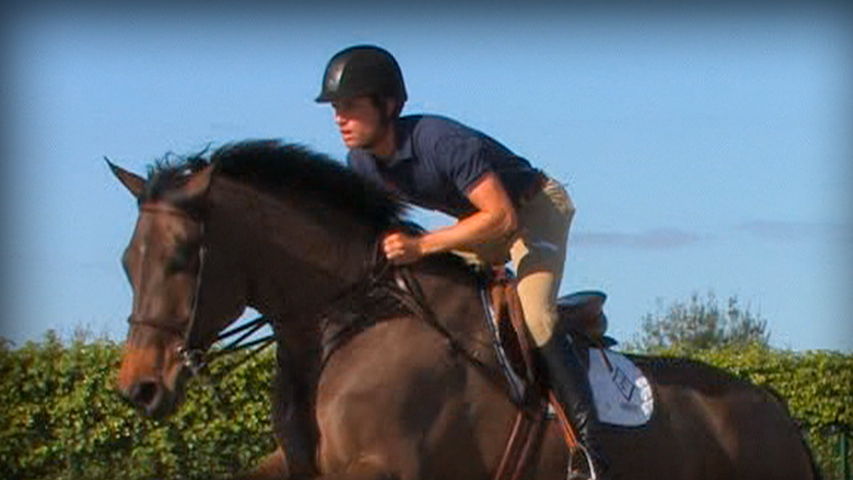Bernie
- 14 Feb, 2024
- 0 Comments
- 2 Mins Read
Mastering All Releases: The Following Hand or Automatic Release (Part 6A)
“The Straight Line”
If one chooses to master all releases, achieving the automatic release will require dedicated, disciplined practice to develop complete independence of the arms from the body through a strong base of support over fences and to be as good a rider as you can.
Since its inception, it has been taught by maintaining contact before, over, and after the fence, and in a straight line from your elbow to the horse’s mouth. It is said that the straight line may provide the best connection with the mouth. The release should never be below the line and often will be broken above the line to some degree, as you will see in section B of Part Six of this series.
It does not rely on pressure on the neck for balance, yet it can slide along the hairs of the neck, which makes it a bit tricky to determine in a still photo whether it’s a crest release or a following hand.
The benefits of mastering this release will pay big dividends. In short, you will improve your balance and control to the fence, over the fence, and on the landing stride, as well as turning properly in the air. Additionally, the less you rely on the neck as a crutch, the stronger your base gets. The list can go on…
Here I have a series of photos that illustrate the automatic release. In addition to these photos, check out the following videos:
Building Blocks to a Great Position (Parts 1-5)
Bernie Traurig
Bernie Traurig presents a building-block approach to a great position based on the American Hunter/Jumper Forward Riding System. Bernie shares a step-by-step series of classical exercises that create balance in rider and horse, and a “lock tight” secure riding position on the flat and over fences.
Jim Hagman’s Formula for Teaching the Automatic Release (Parts 1-3)
Jim Hagman
In this topic, Jim Hagman, founder and head coach of Elvenstar (one of the West Coast’s most successful show stables), presents his formula for introducing and perfecting the automatic release.
Release and Connection
Missy Clark
Missy Clark discusses the importance of the rider’s connection to the horse’s mouth, particularly the rider’s release over the jump. Grand Prix rider, Darragh Kenny, beautifully demonstrates independence of hand and seat while performing advanced releases.
Clinic bookings for 2024 with me are still available!
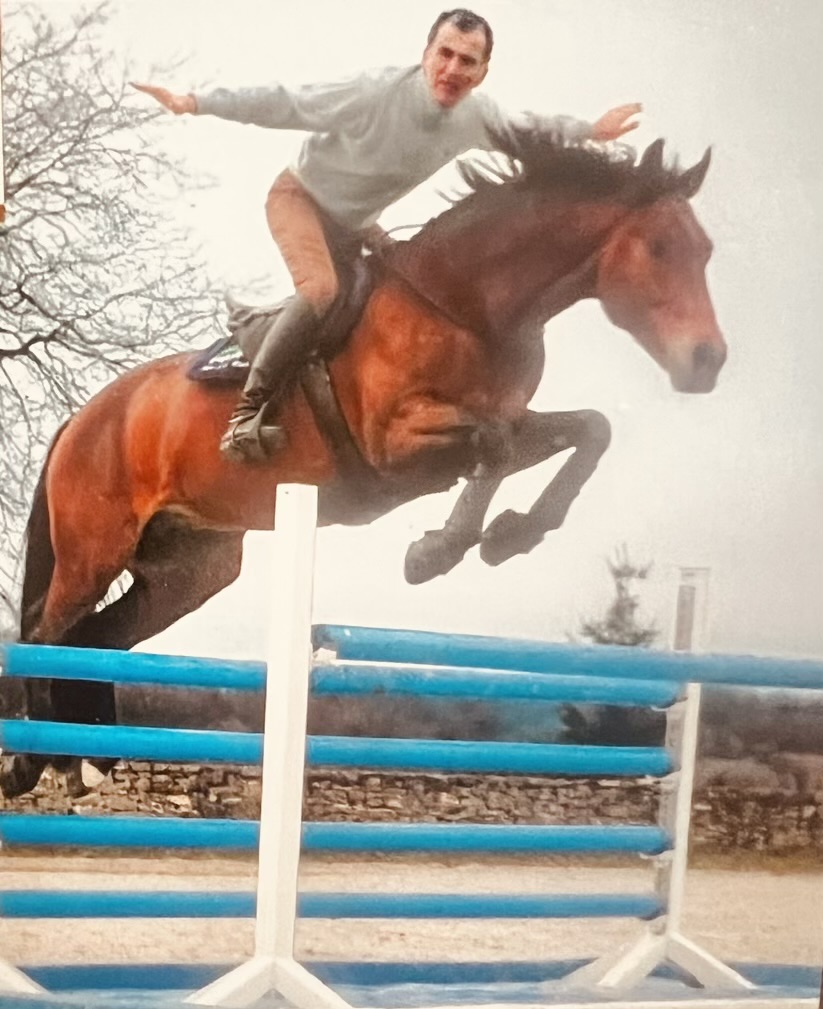
Michele Robert demonstrates complete independence of his arms from his body.

Bill Steinkraus.
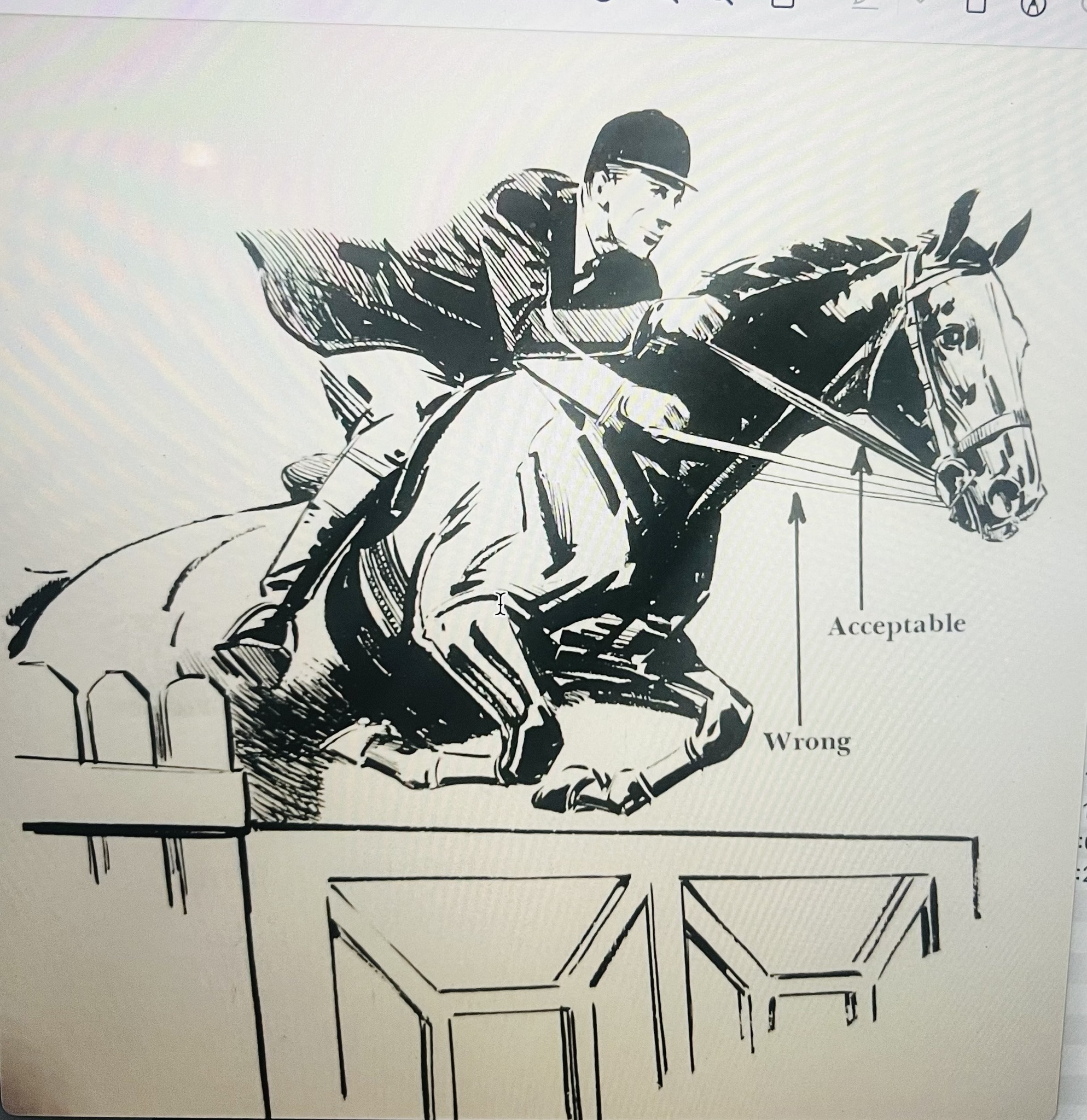
An illustration from Gordon Wright’s book: Learning to Ride, Hunt, and Show.
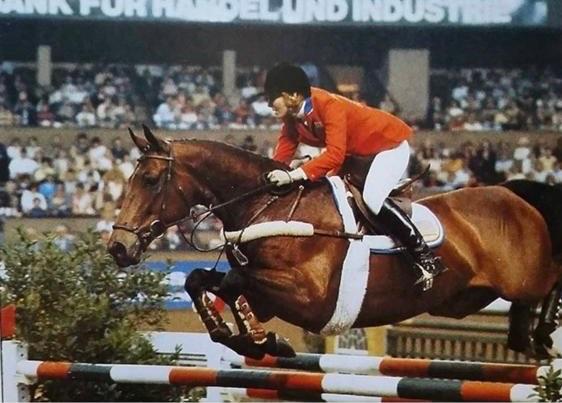
An illustration from Gordon Wright’s book: Learning to Ride, Hunt, and Show.
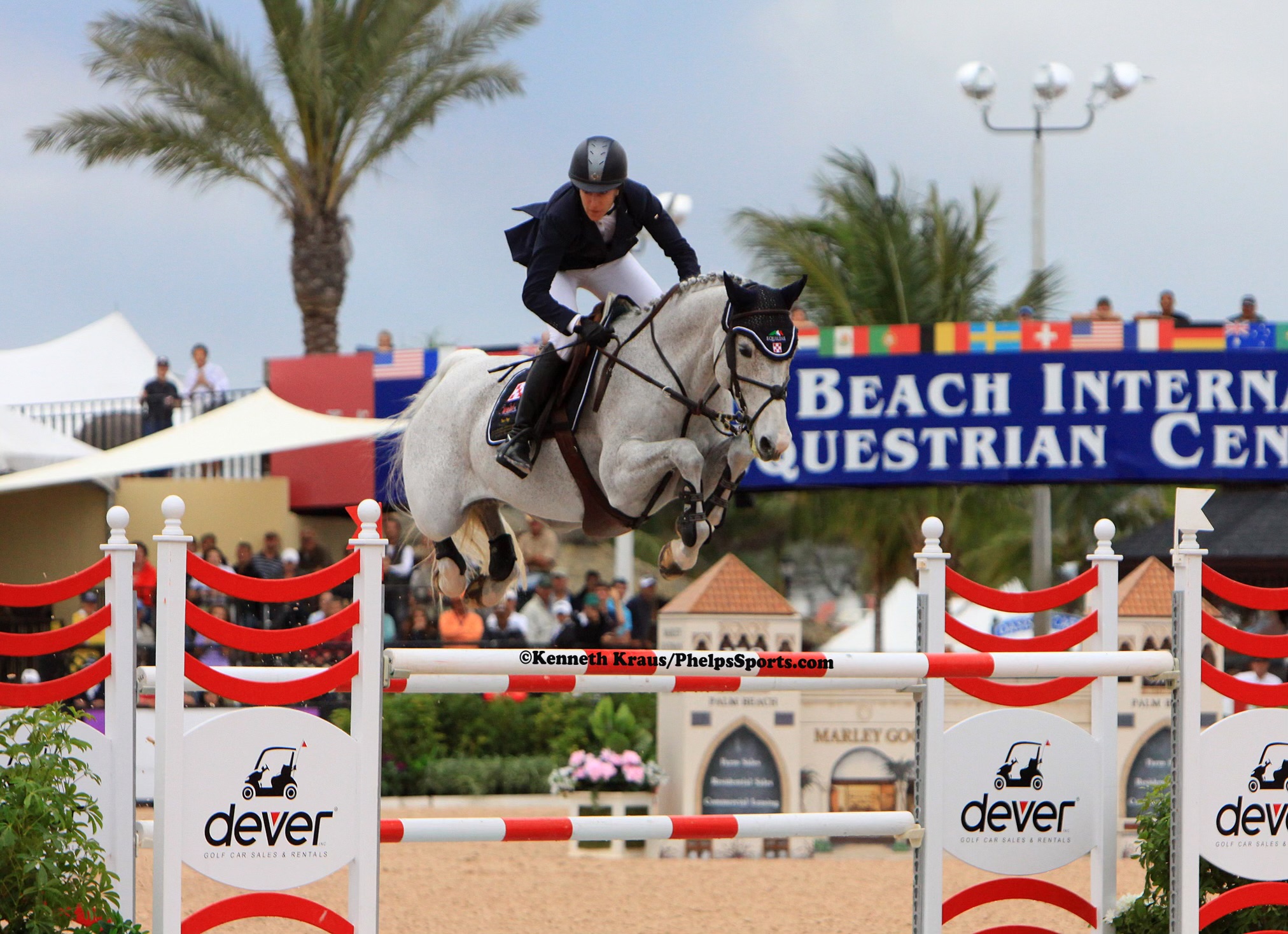
Anne Kursinski at the 1985 World Cup Finals in Berlin.
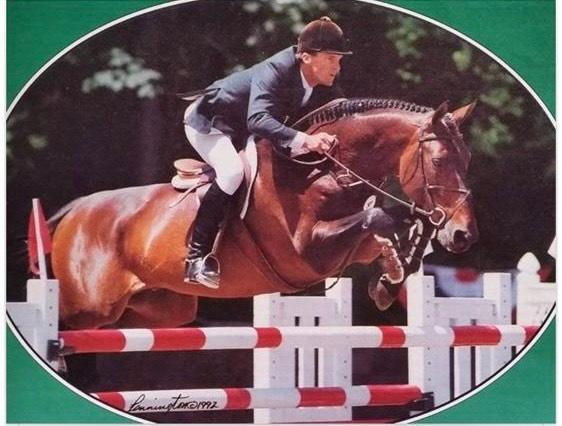
Laura Kraut demonstrates the automatic release while turning.
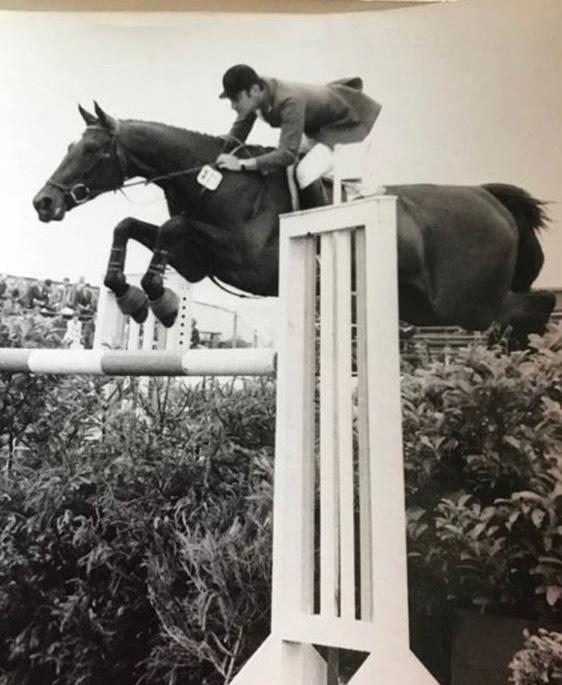
Michael Matz and Olisco in 1992.
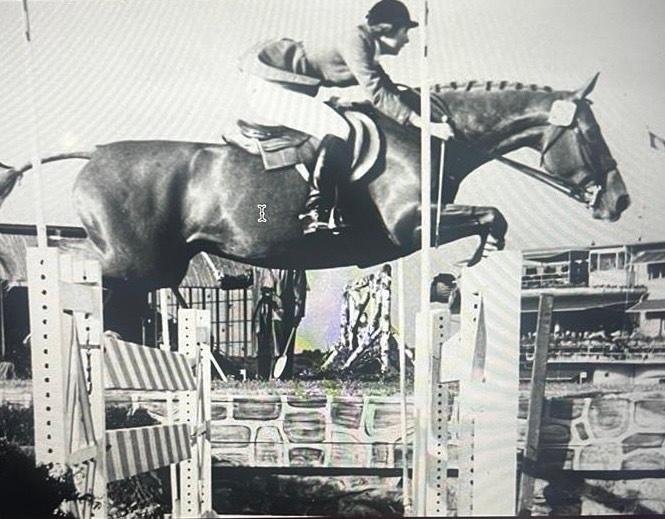
Neal Shapiro and Sloopy competing in France.

Mary Mairs Chapot and Tomboy

Joe Fargis with Touch of Class taking Individual and Team Gold in the 1984 Olympics.
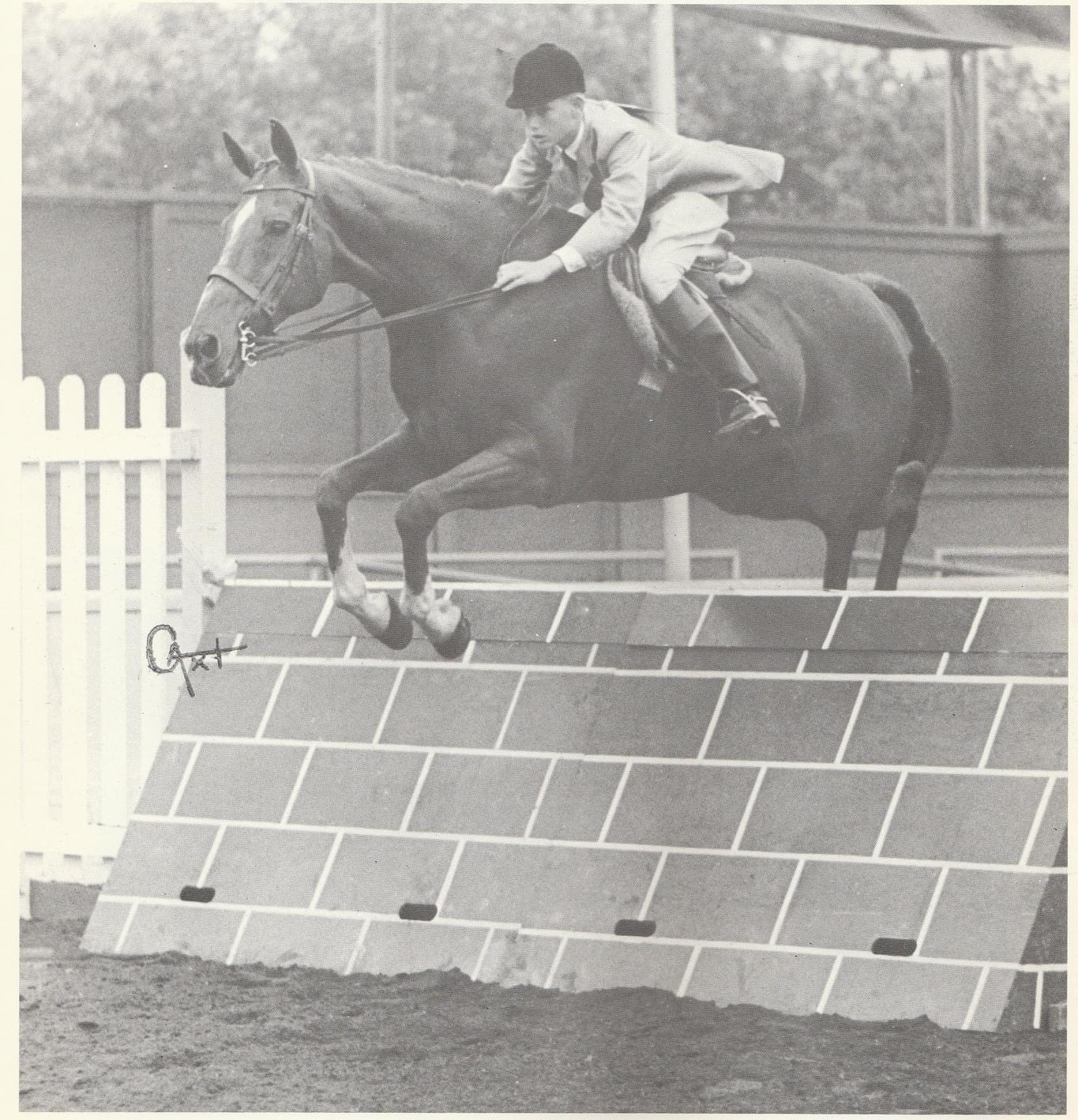
Robert Ridland, Coach of the US Showjumping Team.
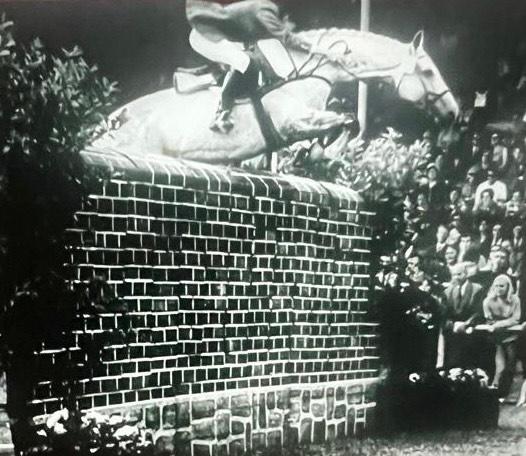
Kathy Kusner jumping 2.20m to win the Aachen Puissance with Aberali.
